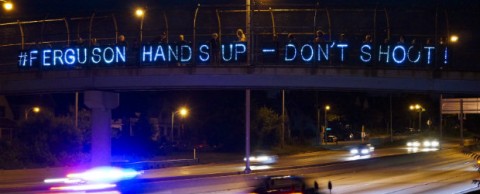Militarized policing: The history of the warrior cop
In the 19th century, the U.S. adopted a "social peacekeeper" model of policing. Then the Civil War left behind a surplus of firearms.
Michael Brown is dead, a young black man gone before he could start college and begin life as an adult. The life of Darren Wilson, the white police officer who shot and killed the unarmed Brown, has been forever changed, too. Since the August 8 shooting, protesters in Ferguson, Missouri, have faced a heavy-handed, heavily armed police response. This has prompted much national conversation about both racism and the growing militarization of American police forces.
The latter subject had been getting some attention lately, even before the events in Ferguson. Radley Balko’s book Rise of the Warrior Cop (PublicAffairs, 2013) is a notable example. But as Balko acknowledges, the militarization of the police is not a new development. Over the years, others have noted it as well.
The best book on the subject, in my view, is John Kleinig’s The Ethics of Policing (Cambridge University Press, 1996). Kleinig examines the moral foundations of policing, the use of force, and several extant models of policing. The two primary models, at opposite ends of the spectrum, are the “crime fighter” and the “social peacekeeper.” During the 20th century, the former, which is also known as the military model of policing, became the primary paradigm in the United States.





